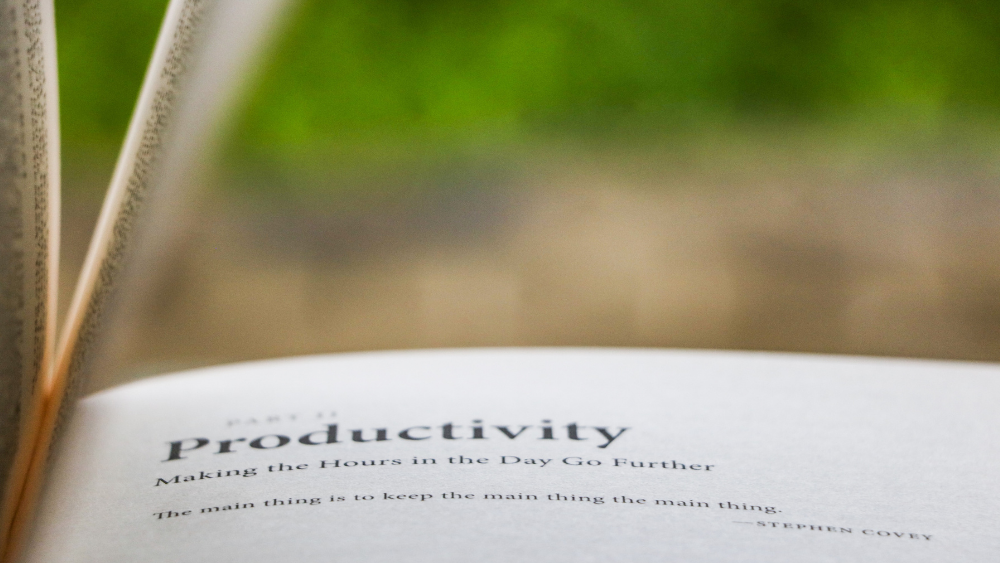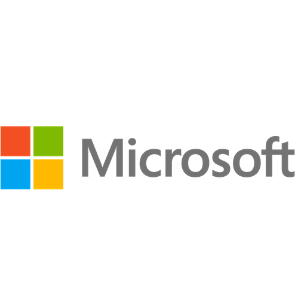Insights
INSIGHTS
All Topics
Digital resources to increase productivity
15 Jan 2021by Paul Rubens
We examine the best tools to help keep your team productive and engaged
Some charities are finding that staff working from home are less productive than they were before the Coronavirus pandemic forced the rapid transition to remote working.
The good news is that this doesn’t have to be the case. That’s because work practices and procedures that are designed for an office environment aren’t necessarily optimal for remote workers. But with a little adaptation, and by harnessing the power of digital tools, digital leadership can boost employee productivity and improve operations and efficiency.
Moving to digital
Many people had never heard of Zoom in 2019, but the software has become the de facto standard for video conferencing during the pandemic. Along with Skype for Business, and Microsoft Teams, Zoom is allowing charities to hold team meetings and daily briefings with staff who are working from home around the country.
Video conferencing tools are also popular for team bonding exercises, which are particularly important when teams are made up of staff who may never have met each other. These can consist of anything from end-of-week pizza hours when team members can chat about the past five days over a pizza, to campfire meetings where individual team members take turns to talk about something specific that interests them.
Zoom also offers "breakout room" meeting spaces during video conferences where small sub-teams can meet to discuss anything – this could be the place to talk about a particular challenge posed by a project, or just a space for team members to let off steam about the constraints of the pandemic lockdown.
But there are many more digital resources that go beyond video conferencing that can help charities with remote workers improve productivity during the pandemic. Here are a few of the best.
Asana
Asana is a web and mobile application that helps charity digital leaders to streamline and manage workflows and offers increased visibility for remote workers. It is a useful resource for keeping teams aligned and projects on schedule.
Teams can create projects, assign work to teammates, specify deadlines, and communicate about tasks directly in Asana. It also includes reporting tools, file attachments, calendars, and more.
Asana’s seamless integration with Microsoft Teams makes it an easy-to-use option for organisations already using that platform for communication and collaboration.
Monday
Organising remote teams and ensuring that everyone knows what they – and everyone else – are meant to be doing is hard, which is where Monday can help.
The remote team management software makes it simple for digital leadership to create rosters, keep tabs on what everyone is working on, and provide a simple way for staff to communicate with each other to ensure effective service delivery. Monday lets staff organise meetings, and thanks to clever integration with Zoom it provides an easy way for people to watch recordings of meetings that they may have missed.
Monday also includes space for staff to provide information about themselves and their interests so that team members can get to know each other and bond without actually meeting. There are also message boards where employees can discuss their own remote working tips to help everyone work more productively.
Learn more about Monday.
Trello
Managing a charity project using a team of remote workers can be very challenging. But charity leaders can use Trello to easily organise almost any kind of project – perhaps a website redesign or a new fundraising campaign – with staff working from home. It has been designed to be fun and simple to use – which is important to ensure employee engagement - and is based on the idea of a project board filled with cards for individual tasks.
Staff can then be invited to work on the online project board, adding comments to cards, uploading files to cloud services like Google Drive, OneDrive and Box (see below), creating checklists, adding labels and due dates, and generally collaborating remotely to get the project completed.
Learn more about Trello.
Miro
Miro works as an online whiteboard platform that lets teams of remote workers come together to collaborate for the delivery of all sorts of products and services. It offers pre-built templates that can be used for brainstorming, research and design, planning, or almost any other type of project, or charity leaders can customise their own templates for specific charity initiatives.
Using Miro, a team leader can invite remote team members to a whiteboard to work together, and Miro includes its own built-in video-conferencing capabilities so staff can meet online and discuss a project while sharing documents, spreadsheets and other data.
Learn more about Miro.
Box
For charity staff who are used to sharing files and documents on the charity network, working from home can call for a significant change in work practices.
The obvious solution is to store and share documents in a secure cloud storage space, and this is exactly what Box provides. Thanks to integrations with many popular applications from the likes of Microsoft, Google, Adobe and Slack, charity staff can easily work with and share files with colleagues using these applications via Box.
Learn more about Box.
Docusign
Docusign is a web-based service that allows users to send documents for electronic signature. DocuSign sends links to signers, who can then add signatures from almot any Internet-enabled device.
Users can upload Word, PDF, and other types of documents, either from your computer or from file-sharing sites like Box, Dropbox, Google Drive, and OneDrive.
Charities can use the service for grant applications, membership renewels, corporate sponsorship contracts, and much more. It can also be used for the purposes of human resources, volunteer management, procurement, and finance.
More on this topic
Recommended Products
Our Events
Charity Digital Academy
Our courses aim, in just three hours, to enhance soft skills and hard skills, boost your knowledge of finance and artificial intelligence, and supercharge your digital capabilities. Check out some of the incredible options by clicking here.


















